Editor’s note: We’re delighted to post this update on the international, behind-the-scenes cooperation to implement the MSL ‘ground listening’ campaign. It highlights the hard work, months of preparation and terrific cooperation between ESA, NASA and international partners on a technical, operational and interpersonal level. Thanks to NASA’s Susan Kurtik and ESA’s Wolfgang Hell for kindly providing information for this report.
On 6 August, ground stations and a radio telescope operated by multiple nations will be listening to signals from NASA’s MSL mission as it descends through the Martian atmosphere to deliver the Curiosity rover safely onto the Red Planet’s surface.
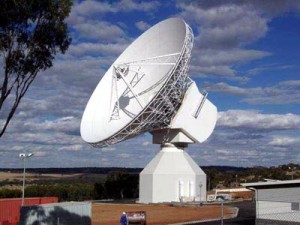
ESA’s first 35-metre deep-space ground station is situated at New Norcia, 140 kilometres north of Perth in Australia.
Credits: ESA
The stations involved are all in the Land Down Under, since that’s the bit of Earth that will be facing Mars at around 01:00 CEST next Monday morning, as MSL approaches its nail-biting plunge into the Mars atmosphere to touch down in Gale Crater.
During this crucial phase of the mission, MSL will transmit two radio links – one direct to Earth in X-band, which is also being used for routine telecommanding during the cruise to Mars, and a ‘proximity link’ in the UHF band for direct communication with spacecraft orbiting Mars.
To get a good idea of the importance of the ground campaign, let’s first look at the in-flight tracking efforts for the proximity link.
International fleet tracks MSL from Mars orbit
“The primary monitoring of MSL’s Entry, Descent and Landing – EDL – phase will be provided by two NASA spacecraft in orbit around Mars: Mars Reconnaissance Orbiter [MRO] and Mars Odyssey. These two ‘platforms’ will be backed up by ESA’s Mars Express [MEX],” says Michel Denis, MEX Spacecraft Operations Manager and responsible for MEX tracking support to MSL at ESOC.
(See our earlier post, ‘Mars Express to track 7 minutes of terror‘ for details – Ed.)
Odyssey is the only one of the three that can provide the so-called ‘bent-pipe’ (or real-time) relaying of signals and is expected to give the first indication to NASA that Curiosity has arrived; confirmation of safe landing is expected by NASA at around 07:31 CEST.
- Odyssey over Mars’ South Pole: NASA’s Mars Odyssey spacecraft passes above Mars’ south pole in this artist’s concept illustration. The spacecraft has been orbiting Mars since October 24, 2001. Credit: NASA
In contrast, MRO and MEX can only track, store and then forward recorded signals later.
“Only Odyssey can receive, decode and then relay to Earth the actual telemetry data coded into the those signals. Conversely, MRO and MEX will save on board ‘open-loop’ recordings,” says Denis.
This means they will record only the spectra of the radio signals and the related Doppler variations in signal intensity, and not the encoded telemetry.
(NASA’s Susan Kurtik, MSL Mission Interface Manager at JPL, adds: In fact, we will be able to extract telemetry from the MRO open-loop recording, although it will take ~8 hours to process – Ed.)
Ground tracking campaign provides crucial support
Now, let’s look at the ground tracking campaign, the crucial, ‘behind-the-scenes’ activity in support of Curiosity’s arrival at Mars provided by stations on Earth.
Receiving signals from the relay fleet
First, and primarily, NASA’s DSN antennas will pick up the ‘bent-pipe’ relay data sent by Odyssey’s large high-gain antenna; two antennas at the DSN Canberra complex have been detailed for service on the 6th and they will be the conduit to deliver MSL telemetry to JPL during descent and once Curiosity has touched down.
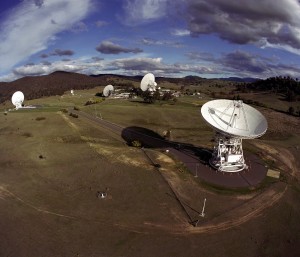
View of the Canberra Complex showing the 70m (230 ft.) antenna and the 34m (110 ft.) antennas. Credit: NASA
DSN Canberra will also download the ‘store-and-forward’ signals recorded by MRO (and send up telecommands to both the NASA spacecraft and MSL), while ESA’s 35m deep-space station at New Norcia will receive (and pass to NASA via ESOC) the ‘store-and-forward’ signals from MSL recorded by MEX.
Receiving signals direct from MSL
NASA have also asked ESA to set our New Norcia station to listen to MSL’s ‘direct-to-Earth’ signal.
About an hour before MSL reaches the outer wisps of Mars’ atmosphere, NASA’s Deep Space Network (DSN) tracking complex at Canberra, ESA’s New Norcia, and – the third of the international ‘big ears’ – Australia’s Parkes Radio Observatory, in New South Wales, will already be pointed at Mars and ready to start receiving several sets of signals.
“During the early phase of the MSL approach, two antennas at the NASA DSN Canberra Complex and ESA’s New Norcia station, part of the Agency’s global ESTRACK network, will receive the direct-to-earth signal from MSL”, says Wolfgang Hell, responsible for the ESA tracking support to MSL at ESOC.

ESOC serves as the Operations Control Centre for ESA missions, and hosts our Main Control Room (shown here), combined Dedicated Control Rooms for specific missions and the ESTRACK Control Centre – which manages our worldwide ground tracking stations. Credit: ESA/J. Mai
“While we don’t expect anything to happen, if DSN Canberra suddenly went offline or inclement weather conditions over Canberra prevented that complex from providing nominal service, the ESA station will receive the signals and pass them, via ESOC in Darmstadt, to NASA in real time.”
[A sudden power outage affected all Canberra’s antennas a few years back – Ed.]
During the descent at Mars, MSL must use a hemispherical (rather than a highly directional) antenna to transmit and therefore the signal arriving on Earth will be much weaker than it has been during the cruise phase.
When transmitting, MSL will still be able to provide some information on its status to Earth through a clever system of tones where specific tones are used to indicate that certain main events – such as parachute deployment – have happened.
Can such weak signals actually reach Earth?
Yes, they can be detected at Earth, if you listen with a sufficiently sensitive ‘ear’ – and New Norcia, with its ultra-sensitive signal detectors and exquisitely controlled antenna dish, fits the bill. [Both designed by ESA – Ed.]
Note, however, the signals will be so ultra-weak that some post-processing is required to extract the information and therefore no real-time delivery will be possible for those data. The recordings will be sent to NASA immediately after receipt for analysis.
In any case, the signals will arrive about 828 seconds (13-3/4 minutes) after being sent, due to the enormous distance – 248 mn km – between Earth and Mars on 6 August.
The tone signalling – combined with analysis of the recorded Doppler (which varies due to changes in speed, among other factors) – will give NASA quite a lot of information and, if anything non-nominal happens, will help reconstruct the entry profile.
Note that ESA New Norcia is not expected to receive the signals corresponding to touch down, as MSL will drop out of sight of the station around two minutes before landing. Also, if weather or just plain bad luck intervene, New Norcia could miss the direct MSL signal altogether.
“Nonetheless, we’ll be listening – and the recording could prove very valuable to NASA,” says Hell.
Receiving Mars Express signals
Finally, and perhaps most crucially, New Norcia will also use its 35m antenna to receive the download from Mars Express of its recorded MSL signals.
The ESA spacecraft will slew toward Earth and transmit its information (using its powerful X-band antenna) starting at about 07:56 CEST.
This recording, too, will be passed to NASA via ESOC by the Mars Express mission operations team.
Parkes: More big ears listening in
But if New Norcia’s 35m antenna can grab the weak direct-to-Earth signal, wouldn’t an even bigger dish do just as well to capture even the UHF signal intended for the short-distance communication between MSL and the Mars orbiters?
That’s where Australia’s Parkes radio telescope joins the effort.
“We asked Australia’s Parkes radio telescope to help out by listening to MSL during EDL with its massive 64m dish antenna. Later, if necessary, it can listen for signals direct from the surface, once Curiosity has landed,” says NASA’s Susan Kurtik, the MSL Mission Interface Manager for NASA’s Deep Space Network at JPL.
The antenna at Australia’s CSIRO Parkes Observatory – the second largest in the Southern Hemisphere – will be pointing at Mars to listen for the UHF signals sent by MSL and has been modified by NASA teams to be able to receive and decode MSL telemetry.
“Parkes will see the same signal from MSL seen by the three orbiters, so it too will provide a very valuable backup,” says Kurtik.
The recorded data be stored locally and sent to NASA only if there is a need for it, for example if there is a glitch during landing (or if the telescope is used to listen directly for a Curiosity signal if all other methods fail).
“In 2008, when NASA Phoenix landed on Mars, we asked the radio telescope at Greenbank, West Virginia, USA, to listen in, so we’ve done this before,” says Kurtik.
On 30 July, Parkes successfully picked up a low-power, 15-minute test signal sent from the Martian surface by NASA’s Opportunity rover, demonstrating that the big dish is ready to work next Monday.
Cooperation built on global standards
Parkes has been used in the past for other NASA projects; still, the US space agency had to make a special request several months in advance for the back-up support, as well as dispatch a team to the telescope to install equipment.
In contrast, ESA and NASA have long-standing cross service agreements and both agencies have worked for years on international technical standards for hardware, software and communication techniques.
In 2008, Mars Express also recorded and relayed data for NASA’s Phoenix mission, while ESA and NASA deep-space stations regularly work together with no special upgrades needed.
“In the past, we have had very good mission results based on standards agreed with ESA,” says Kurtik.
“For MSL support, all we had to do was ask; no special equipment or software upgrades were needed – and we’re delighted to have ESA ground stations and Mars Express supporting MSL. In space as on Earth, it really does ‘take a village’.”
ESA’s Hell adds: “We’re happy to be involved and we’re glad we can support MSL. We wish our NASA colleagues excellent success.”
Editor’s notes:
See more details on the excellent standardisation work and past cooperation involving ESA and NASA and past MEX support to Phoenix via https://bit.ly/NnzB5O
Fun fact: The Parkes Observatory is a radio telescope observatory, 20 kilometres north of the town of Parkes, New South Wales, Australia. It was one of several radio antennas used to receive live, televised images of the Apollo 11 moon landing on 20 July 1969. Via Wikipedia.

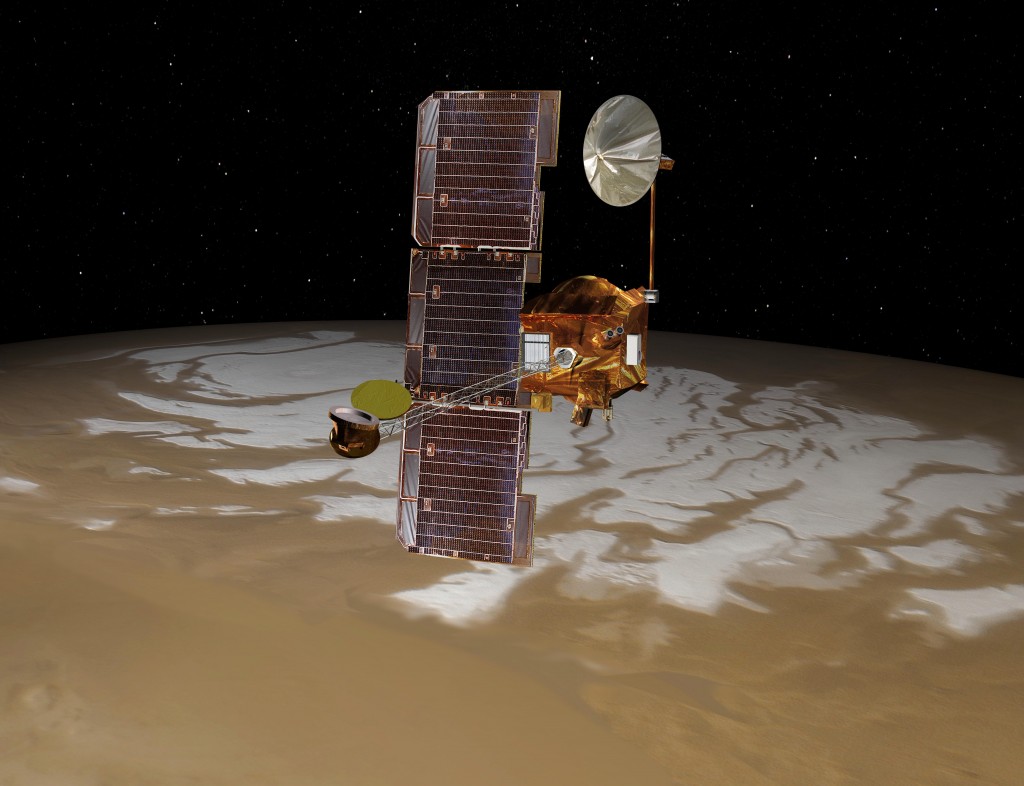
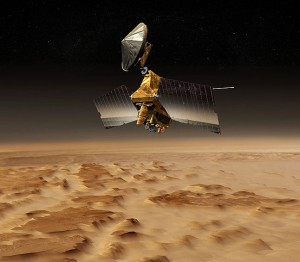
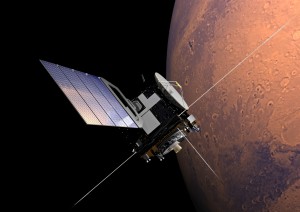
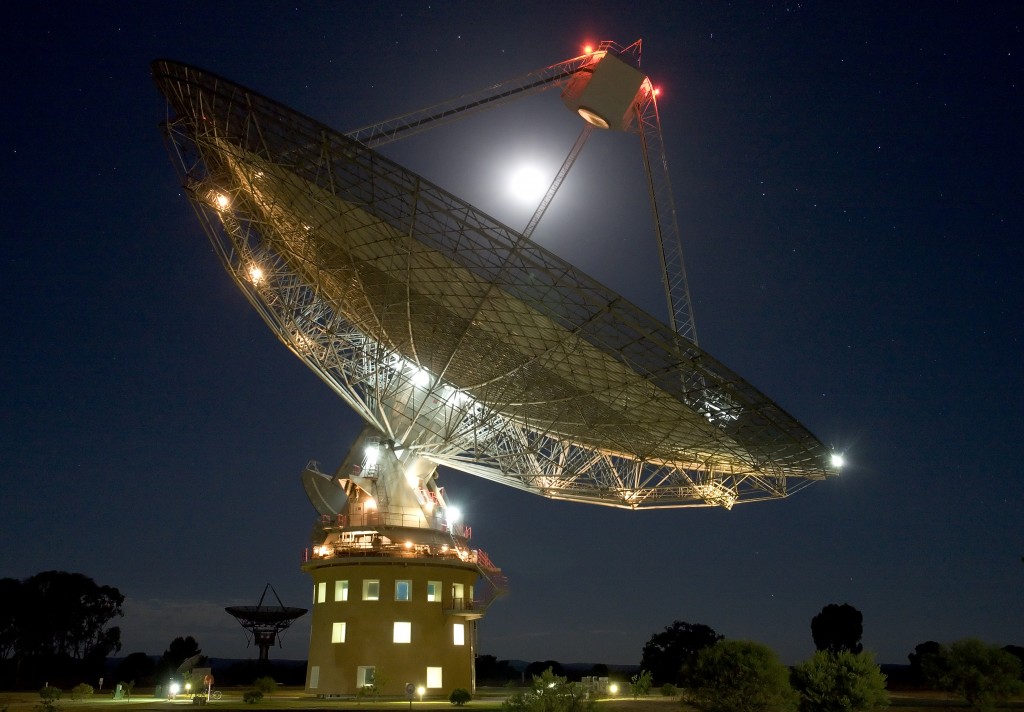

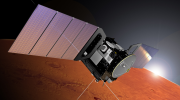
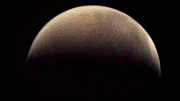
Discussion: no comments